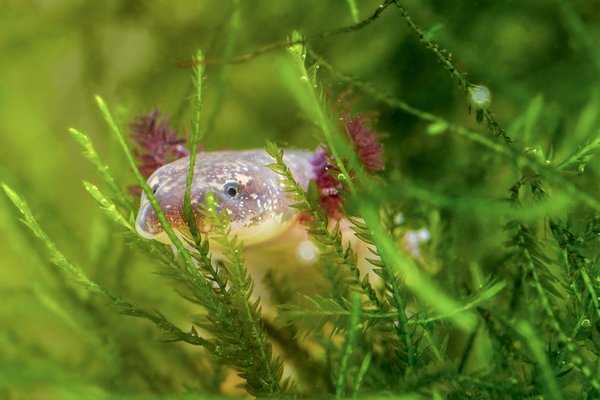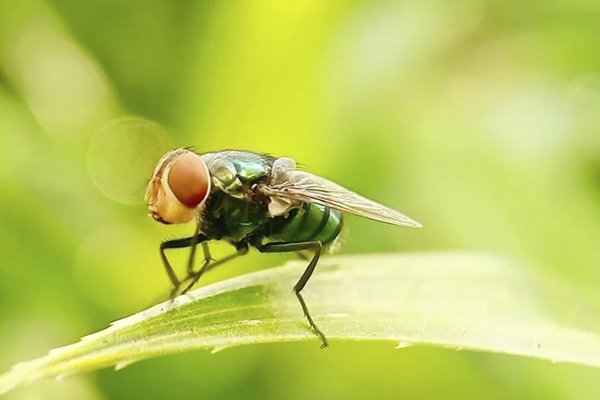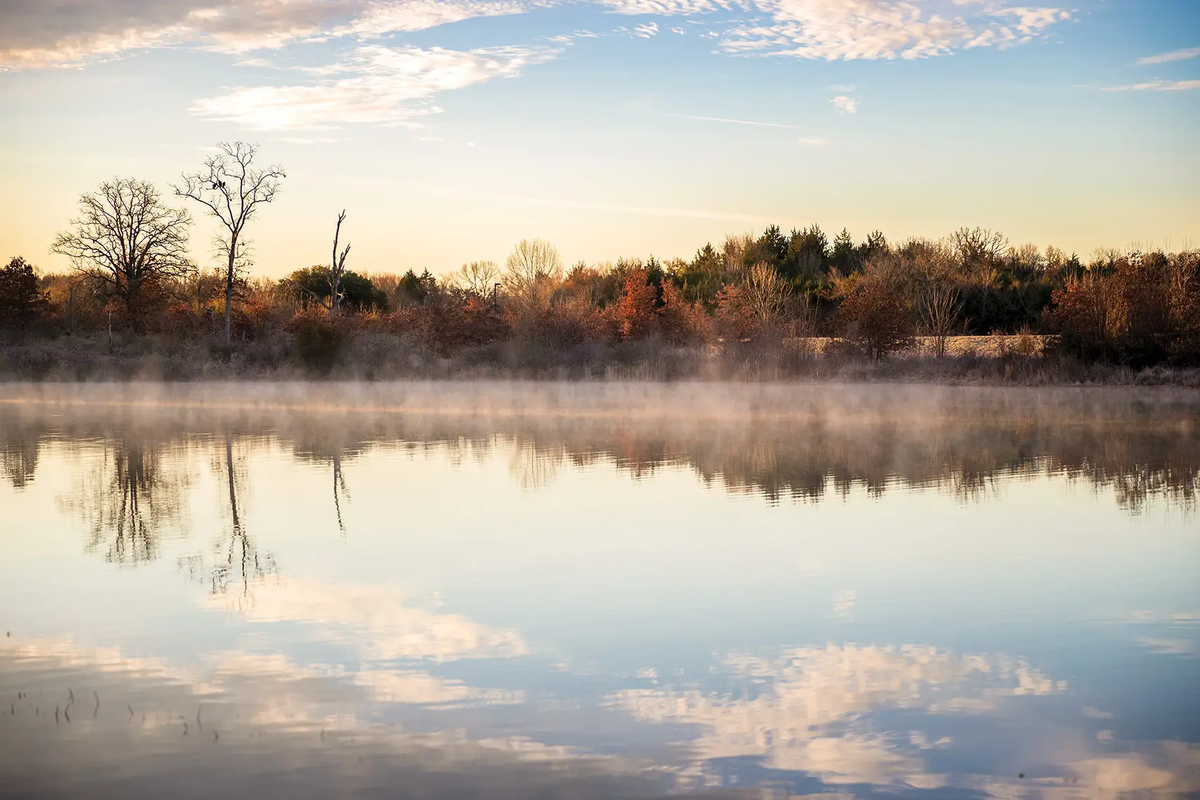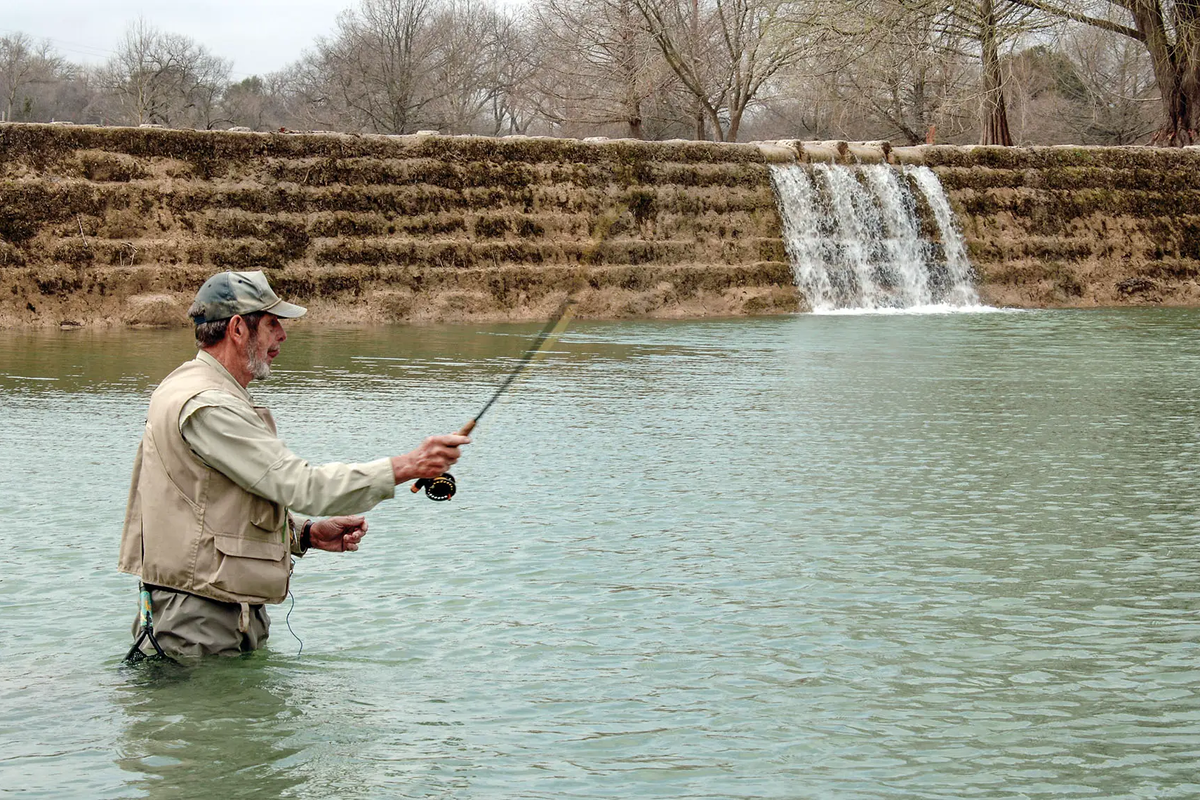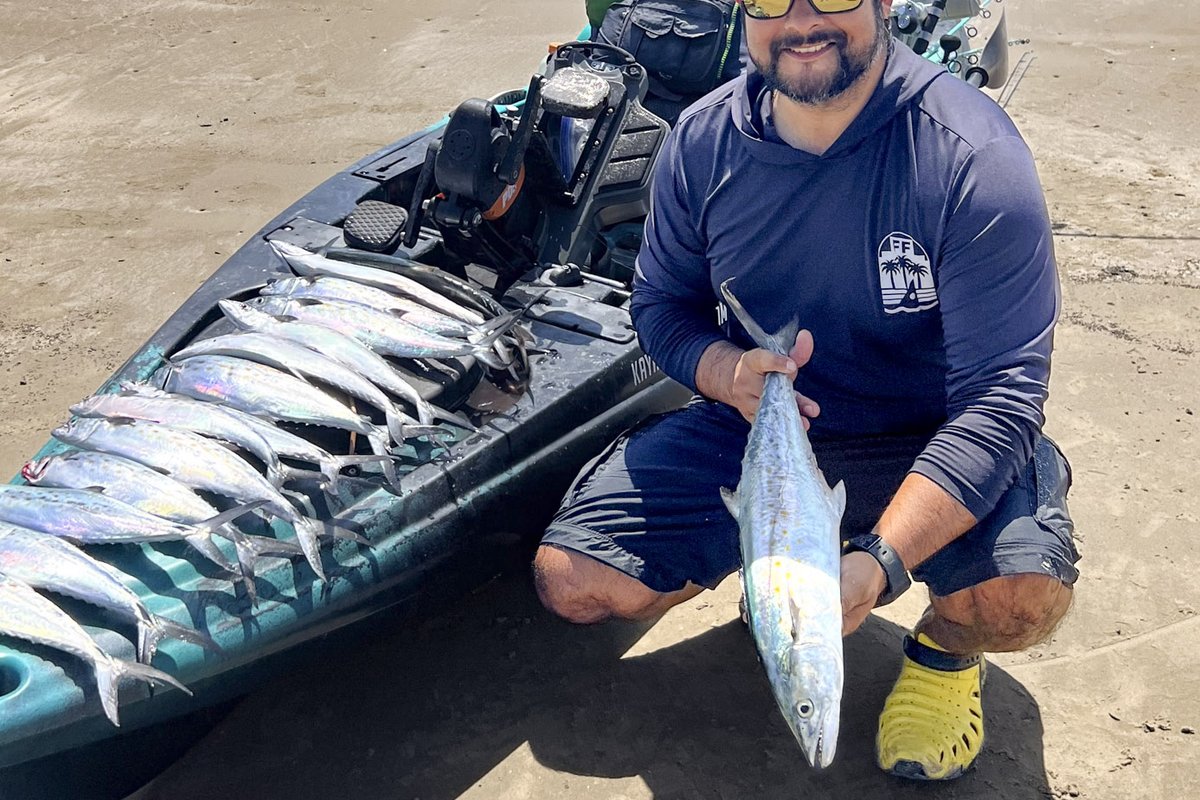A new study from Texas Parks and Wildlife Department biologists tracks the movement and behaviors of largemouth bass at Toledo Bend Reservoir and Lake Fork. The multiyear initiative, which launched in 2020, studied fish behavior to help anglers be more effective when they target largemouth bass. The upshot? Fish don’t travel far, and they know when you’re coming for them.
In 2018, anglers began reporting a decline in catch rates, and many assumed that these declines were due to decreased fish populations. Despite these reduced catches, the data gathered by biologists on fish populations remained consistent. Biologists wanted to explore whether increased fishing activity on the lakes altered the behavior of the fish, which in turn might have led to a decrease in angler catch rates.
The study, published in April the North American Journal of Fisheries Management, focused on seasonal habitat use, the movement and home range of largemouth bass and how they correlated with angling activity. It also explored the effects of boat motor noise and angling activity on fish behavior.
On both lakes, biologists monitored the movement patterns of individual largemouth bass ranging from 16 to 24 inches in length. Biologists implanted radio transmitters into 43 fish at Toledo Bend Reservoir and 38 fish at Lake Fork to track them over a two-year period.
When the results came in, researchers were intrigued by the movement and home ranges of largemouth bass.
“Some of the biggest surprises were the small home ranges that these fish actually had and how little of an area they occupied throughout the course of a year,” says Jake Norman, Inland Fisheries Division Tyler District supervisor. “I think most anglers and even biologists, [myself] included, expected to see more seasonal movement, especially of individual fish. Overall, we just didn’t see that happen on a larger scale. For example, on Lake Fork, the average total home range these fish occupied was 60 acres or less over the course of the entire study, and the average core use area was just over 10 acres.”
Weather and lake levels didn’t have a significant effect on fish movement, and for the most part, fish didn’t move back and forth between the bank and offshore structure.
“It highlights that some fish just like to stay in shallow areas and some just like to be more offshore,” says Norman.
The study also revealed some interesting findings about boat noise and the subsequent reaction by fish when hearing a motor. Biologists found that 59 percent of the fish reacted to boat noise in some capacity. Norman added that fish size was a relevant indicator for how likely they were to react. Fish over 20 inches were more likely to react to boat noise. In addition, fish that were in vegetation reacted more often than when vegetation wasn’t present.
The results of the study provide insight on how to target fish.
“A big ‘take home’ of this study is how important it is to be as stealthy as possible when fishing for largemouth bass,” added Norman. “When anglers are sight-fishing and see a fish on a bed, they should do everything they can to make a cast to the fish before it knows they are there. Truthfully, that should be the angler’s mindset throughout all the seasons no matter if they are fishing in a foot of water or 30-plus feet of water. Doing everything you can to be as stealthy as possible will increase your chances of catching the fish you are targeting.”
Overall, when it comes to locations, the traditional target spots proved to be the best when angling for largemouth bass.
“The fish in these studies still selected more of what I call ‘high percentage spots’ like drops, points, creeks and other habitat structure,” Norman says. “The places where anglers typically look to target bass are the areas the fish are still utilizing the most. The study also shows that they are really educated and are very wary when noting an angler’s presence, which could correlate to the reported lower catch rates.”




